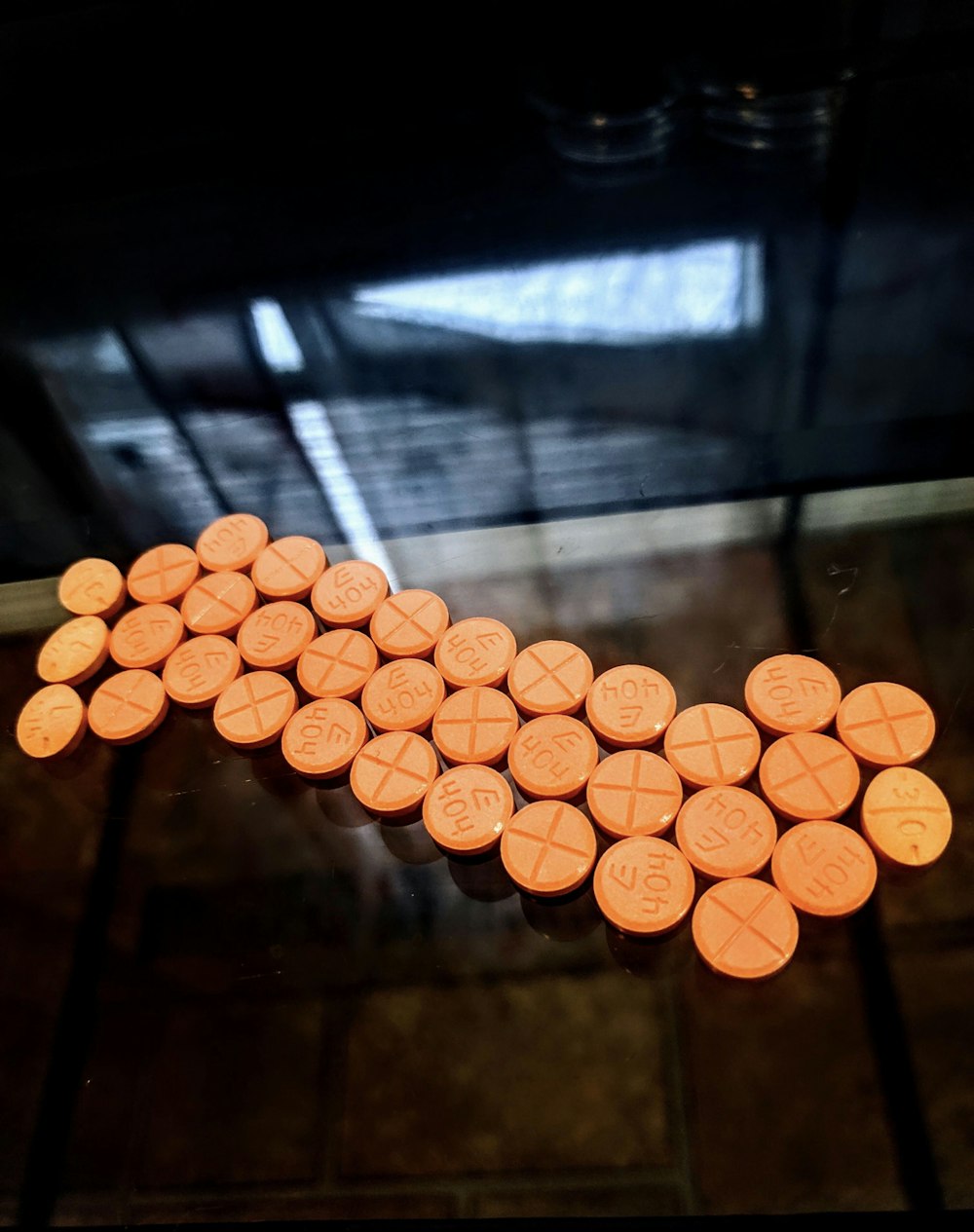Pharmaceutical Warehousing

Safety is the name of the game in the pharmaceutical supply chain. The warehouse is likely the most important part of the supply chain when it comes to pharmaceutical product safety. We’ll go through the ins and outs of pharmaceutical storage in this post, as well as what to look for in a third-party logistics (3PL) provider before committing your items to its warehouse.
Pharmaceutical Warehousing is a term used to describe the storage and distribution of pharmaceuticals.
The Food and Drug Administration (FDA) and the Drug Enforcement Administration (DEA) supervise pharmaceuticals very closely (DEA). Current Good Manufacturing Practice (CGMPs; sometimes known as “Good Manufacturing Practice” [GMP]) standards are the FDA’s regulatory requirements for the manufacturing industry. Pharmaceutical warehouses, procedures, and pharmaceuticals themselves are all subject to these criteria.
The following are CGMPs for warehousing:
- Drugs must be kept to avoid contamination and placed in such a way that they can be inspected and cleaned.
- Each lot of drug goods must have a unique (and traceable) code, as well as the lot’s status (approved, quarantined, rejected).
- The distribution process for each medicine must be described in writing. Procedures for recalls are included in this.
- Each drug’s storage conditions must be specified in written protocols.

Warehousing with temperature and climate control
These “proper storage conditions” pose a significant pharmaceutical warehousing difficulty. In terms of temperature, humidity, and illumination, various medications may have dramatically different needs. The warehousing company must make sure that each medicine is stored according to the manufacturer’s specifications. This can include temperature-controlled warehousing and/or climate-controlled warehouse space, both of which need cutting-edge control and monitoring systems to maintain specified environmental conditions.
Storage at a specific temperature. Cooling (and/or heating) devices are used in a warehouse with temperature-controlled area to keep the temperature within a predetermined range. These devices are placed strategically to keep the region in range. Season of the year (i.e., more units may be required during the summer), ceiling height, insulation density, and warehouse construction materials are all factors that influence the number and location of cooling units.
Storage with a temperature control. Despite the fact that many people confuse this phrase with temperature-controlled storage, there are important distinctions between the two. The humidity of the room is controlled as well as the temperature in climate-controlled storage. Commercial humidifiers/dehumidifiers, together with other equipment, are used to keep humidity levels within product specifications.
Mapping of temperature. The temperature in various parts of the warehouse is measured using sensors in this procedure. Most 3PLs will conduct a temperature mapping procedure multiple times a year and alter cooling or heating equipment as a result of the findings. If mapping reveals that a certain region is very hot, the location of cooling equipment will be changed.
Monitoring of the temperature Temperature monitoring is the day-to-day observation and control of such values, whereas temperature mapping is a proactive approach of maintaining optimal temperature coverage. Kanban, for example, works with third-party monitoring firms to check temperatures in real time and notify important staff of any significant changes.








